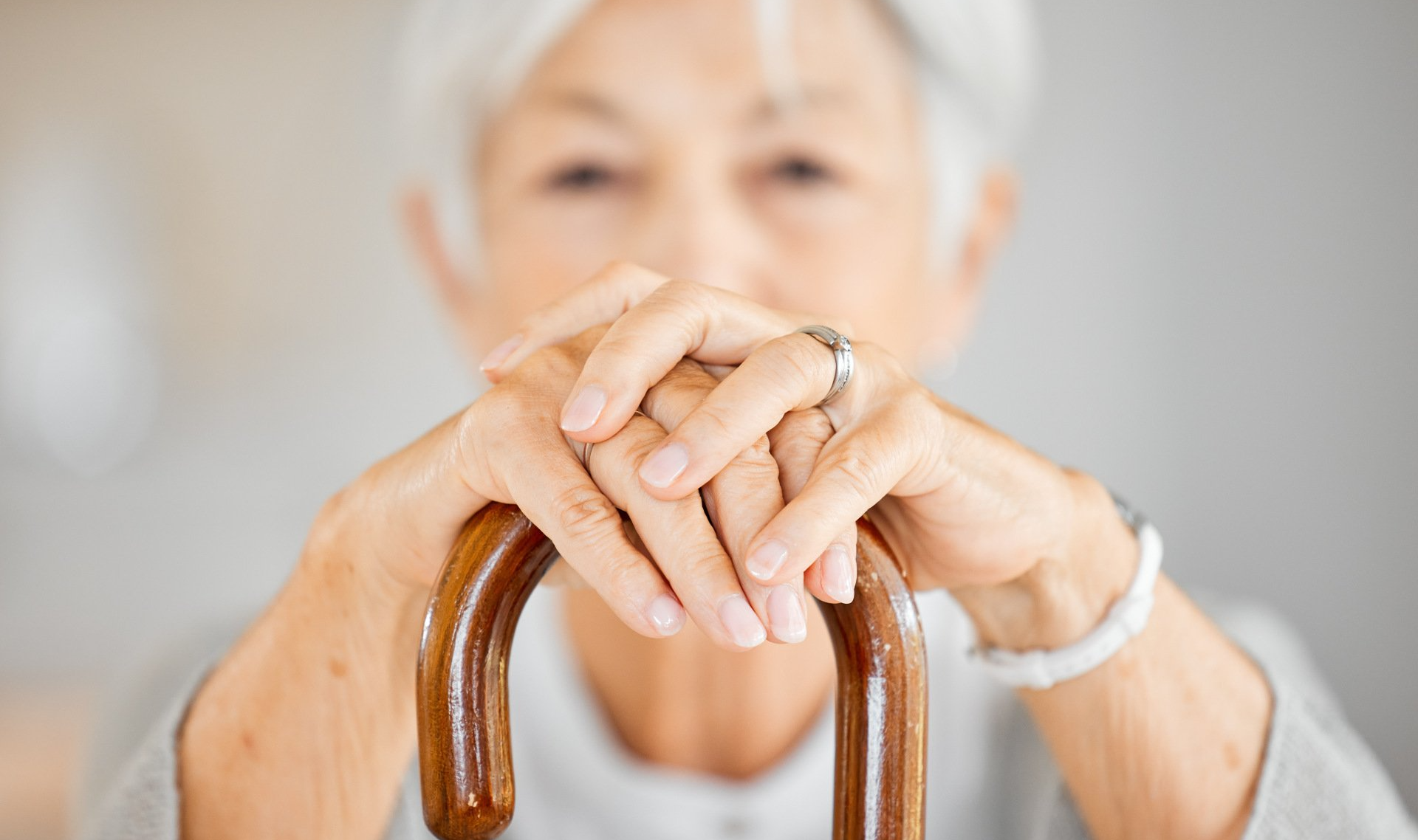Osteoporosis Treatment in Baton Rouge
What is Osteoporosis?
Osteoporosis is a condition in which bones lose mass, become weaker and more brittle and are thereby more easily broken. In a young, healthy bone, the inner structure resembles a honeycomb comprised of many small spaces. In the case of osteoporosis, these spaces become larger, resulting in a loss of bone density and strength.
What Causes Osteoporosis?
Just like hair or skin cells, bone is constantly being regenerated. Old bone is broken down and replaced by new, stronger bone. By the time we reach our 30s, however, this process has already begun to slow, and we have reached our peak bone mass. After this point, new bone is generated at a slower rate and may no longer be able to compensate for the increasing loss of old bone. This is one of the reasons bone health in childhood, adolescence, and early adulthood is so important. The greater your “bank” of healthy bone, the less likely you will be to develop osteoporosis later in life.
What are the Risk Factors of Osteoporosis?
There are many factors which can contribute to the development of osteoporosis. Many of these are unchangeable and cannot be influenced by the patients. Examples include:
- Age – Osteoporosis does not typically appear until later in life.
- Sex – Women are more likely than men to develop osteoporosis.
- Family History – Those with a history of osteoporosis in their immediate family are more likely to develop the condition themselves.
- Body Frame – Individuals with smaller body frames are more likely to suffer from osteoporosis. This is not the same as body weight.
- Hormones – Reduction in sex hormones, such as the drops in estrogen that occur when a woman goes through menopause, can contribute to osteoporosis.
Fortunately, there are also factors which patients can control and which may give them the edge when it comes to staving off osteoporosis. These include:
- Diet – Calcium and Vitamin D play important roles in bone density throughout our entire lives. From childhood on, it is important to ensure that a diet includes sufficient amounts of calcium and vitamin D.
- Physical Activity – Inactivity or a sedentary lifestyle can greatly contribute to loss of bone mass. Regular physical activity and weight bearing exercises can help.
- Tobacco and Alcohol Use – Excessive alcohol consumption (more than 2 drinks per day) and tobacco use have both been connected to the development of osteoporosis.
What are the Symptoms of Osteoporosis?
Osteoporosis is a slow-developing condition that often shows no signs or symptoms in its earliest stages. Often, patients are unaware that a problem may exist until much of the damage has been done and physical signs begin to manifest. These can include:
- Stooped posture
- Loss of height
- Bones that fracture more easily than they should due to minor falls or similar incidents
- Severe back pain due to collapsed or fractured vertebrae

What are the Complications of Osteoporosis?
The obvious complication and concern with osteoporosis are bone fractures. These fractures can occur so easily and frequently that they become a major health and safety concern, particularly for patients who may live alone. Most dangerously, patients may experience a fracture of the spine or hip which can lead to disability and additional health concerns due to limited mobility.
How is Osteoporosis Diagnosed?
You may be screened for osteoporosis if you are a woman over the age of 65 or have certain symptoms or risk factors. As part of this screening, you will discuss any bone fractures, your lifestyle, medical and medication history, menstrual history, and any family history of the disease. A physical exam may also be conducted to observe your posture, any loss of height, and your balance and gait.
Finally, your doctor may order a test of your bone mineral density (BMD) to confirm their findings. This test is conducted in a scanner that uses low levels of x-rays to measure the density of a few select bones that are most prone to fracture – namely, the spine and hips.
How is Osteoporosis Treated?
Based on the results of a patient’s BMD test, a physician can determine how severe their osteoporosis may be and how likely they are to suffer fractures within the next 10 years. The level of this risk will then help determine a subsequent treatment plan. For low risk patients, this plan may include lifestyle modifications such as increased physical activity and stopping smoking along with increased calcium and vitamin D intake. For higher risk patients, these steps may also be combined with medication. The most commonly prescribed medications to address osteoporosis belong to a class of drugs called bisphosphonates which can help prevent the loss of bone mass.
Osteoporosis Specialists in Baton Rouge
All of our physicians specialize in treating Osteoporosis.
RELATED READING
Advancements in Osteoporosis and Hip Pain in Baton Rouge
Stay informed and up-to-date on the latest advancements in Osteoporosis from the experts in Baton Rouge.



